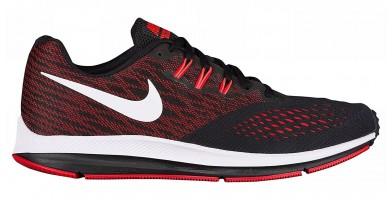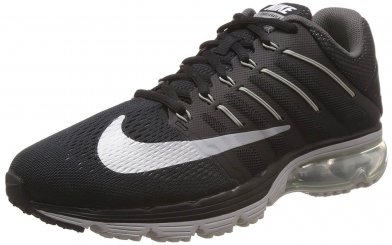Nike Air Zoom Structure 20
Running could never be successful without stable and comfortable shoes. The Nike Air Zoom Structure 20 has an intricate, timeless design that supports high-mileage training. This is low profile pair of shoes with a lightweight mesh and a decoupled crash pad which provides protection. While most trainers would look for modern designed sports shoes, the Structure series has an ageless, stable design which promotes proper and efficient running form.
With its upper made of seamless Flymesh, the Nike Air Zoom Structure 20 is breathable and light in weight. It also has enough room in the toe box to ensure that your toes are not squeezed. Its outsole is durable due to the carbon rubber material, which makes it long-lasting. The Nike Air Zoom Structure 20 is perfect for anybody who wants strong running shoes that will support them for many miles. It is comfortable and comes in a variety of colors. Unlike the previous version, it has an outsole with a unique pattern which offers better traction.
- Has soft cushioning
- Has excellent stability
- Its firm soul provides adequate support
- It is gender-specific
- It has traction capability
- Not light enough for a speed work
- Potential heel slippage
- These look great and have proven to be just as comfortable, if not more than its predecessors.
- It only took a day for these to break in and they are great. I like the way they look as well.
- I am a zoom fan and know how the sizes run so I ordered accordingly. These shoes are a perfect fit and way comfy. I run alot and these take the beating of my gravel roads.
- These have more support and cushion that I thought they would. When I got them, they were just as I had expected form the online store. I am very happy with my purchase.
- These shoes have superior support and are very durable. They are priced great to for such a good Nike.
- These have great support and stability. However, they are a little on the heavier side for Nike. I switch the insoles to orthotics though.
- These were a great fit and helped my foot pain tremendously. I have never owned a pair of Nikes but these have shown me the light. They cushioning is great and I am really hoping they last a long time.
- The colors and style are great. I have an old injury and these definitely keep the pain away.
- I love that this is an upgrade. There is so much more room in the toes. They are really true to fit.
- These are a great improvement from the 18s, which I have always worn. The colors are great and they fit better. The comfort is top notch.
- I am super impressed with the comfort and the fit of these. Nike has been listening to its reviewers I think.
- These were a true to fit Nike. I walk in these a lot and they are perfect. They are also priced great.
- I walk at least an hour every day and these are like walking in pillows; lots of room and comfort.
- I love running in these. They fit perfect and have tons of cushioning.
- These are an enormous upgrade from my other runners. I feel like I am bouncing when I run and they feel amazing.
- I have to really adjust a shoe t work with my right leg being shorter. These have proven to be great for this. They have amazing support and last a long time.
- I roughly run 250 miles a month and these shoes last. They have prevented any pain from happening in my kees as well. I highly recommend these to anyone.
- I bought these at a half size larger and they are great. These have great arches and the ankle support is wonderful.
- These shoes are super flexible and snug. I love the traction and they keep my run balanced. These are great for those who lie to run distance.
- These have really helped my back. I am very glad that I purchased these. They are an all around great shoe for anyone suffering from pain.
- I wear these as my work shoe. I am on my feet all day and I never get fatigued.
- These are a grave improvement to the 18 and 19 models. These have helped me with my pronation and I run marathons. I love how comfy and versatile these are. I would recommend them to anyone who is looking for a great shoe.
- These are like the Cadillac of shoes. They are all over comfort and style. They took a bit of time to break in but I didn't mind.
- I feel Nike makes the best running shoes, hands down. These are very light and flexible without losing stability. They are also some of the most comfortable I own.
- These shoes are a pain saver. I suffer from old man syndrome, where all my body aches and hurts from age and these help so much. I had a protruding achilles and these have helped with that pain as well. They have helped my pronation and are just all around comfort. I love that they fit like a sock because the old tongues used to bother me. I have use these shoes for runs and the gym and they are the best on the market, in my opinion.
- These are more narrow than the others before and the heel is very awkward.
- Super disappointed in these. They were not comfortable, too wide and have no support. I even ordered the wide.
- These are good shoes however, they wear out way too fast. They are not worth the purchase.
- These gave be blisters due to how stiff they were on the inside.
- These are a downgrade form the 19. Honestly they feel like a whole other shoe. The arches are bogus and the cushion is non existent. I am so very disappointed.
Outsole
Additionally, the outsole material makes it an all-weather condition shoe. Whether it is dry or rainy, you can wear it and stay comfortable and secure during your workout. It offers a strong traction on different road surfaces. Even in bad weather, you can control your safety and speed. The structure and appearance of the outsole make this shoe versatile.
Midsole
Upper
Weight
Breathability
Comfort
Responsiveness
Style
Durability
Protection
Support
Terrain
Price
Traction
Flexibility
Stability
Drop
Key features
- Synthetic upper which enhances breathability
- Cushioned insoles that offer enhanced foot motion
- Detachable insole
- Durable outsole made out of blown rubber


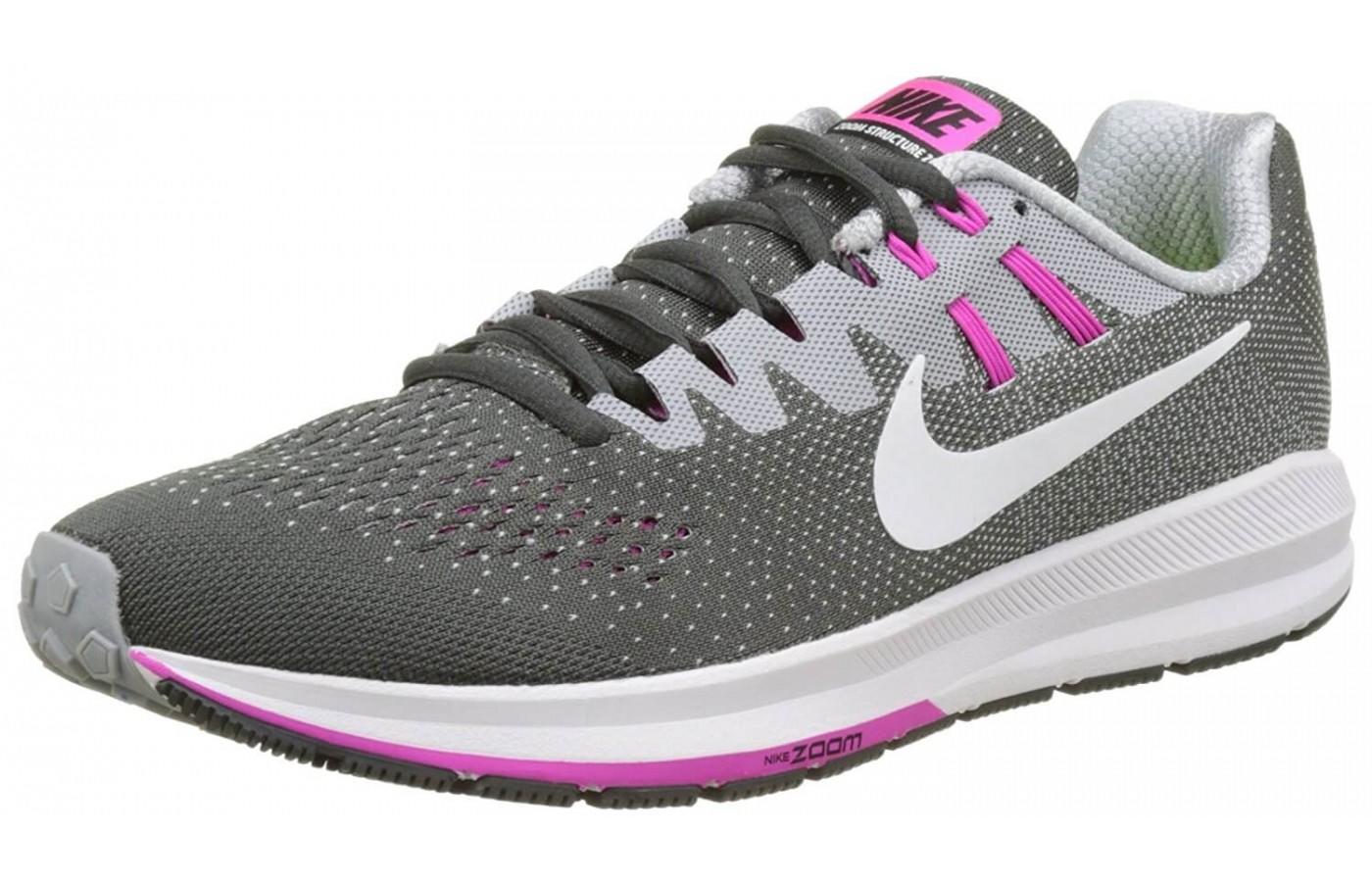

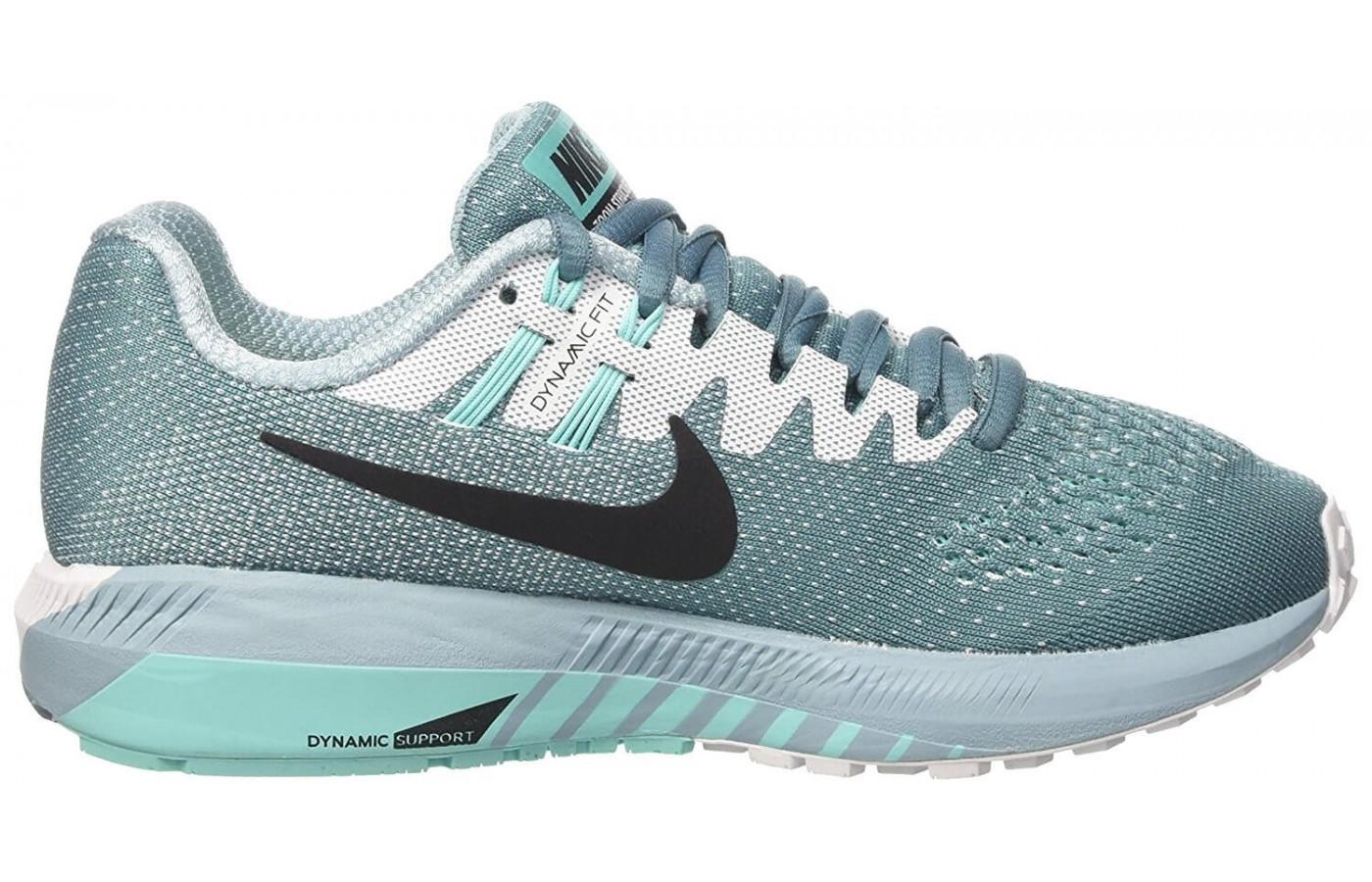
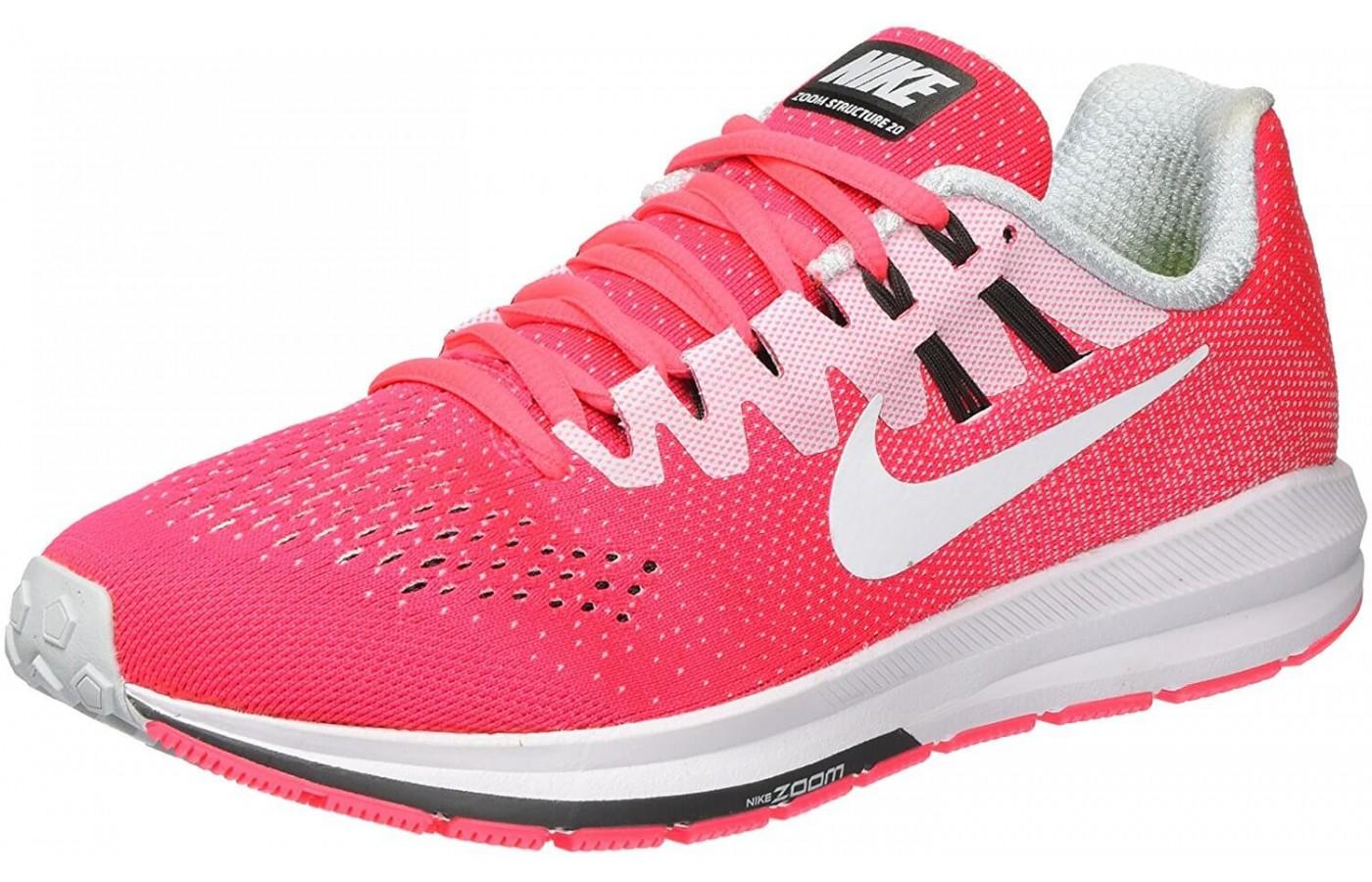
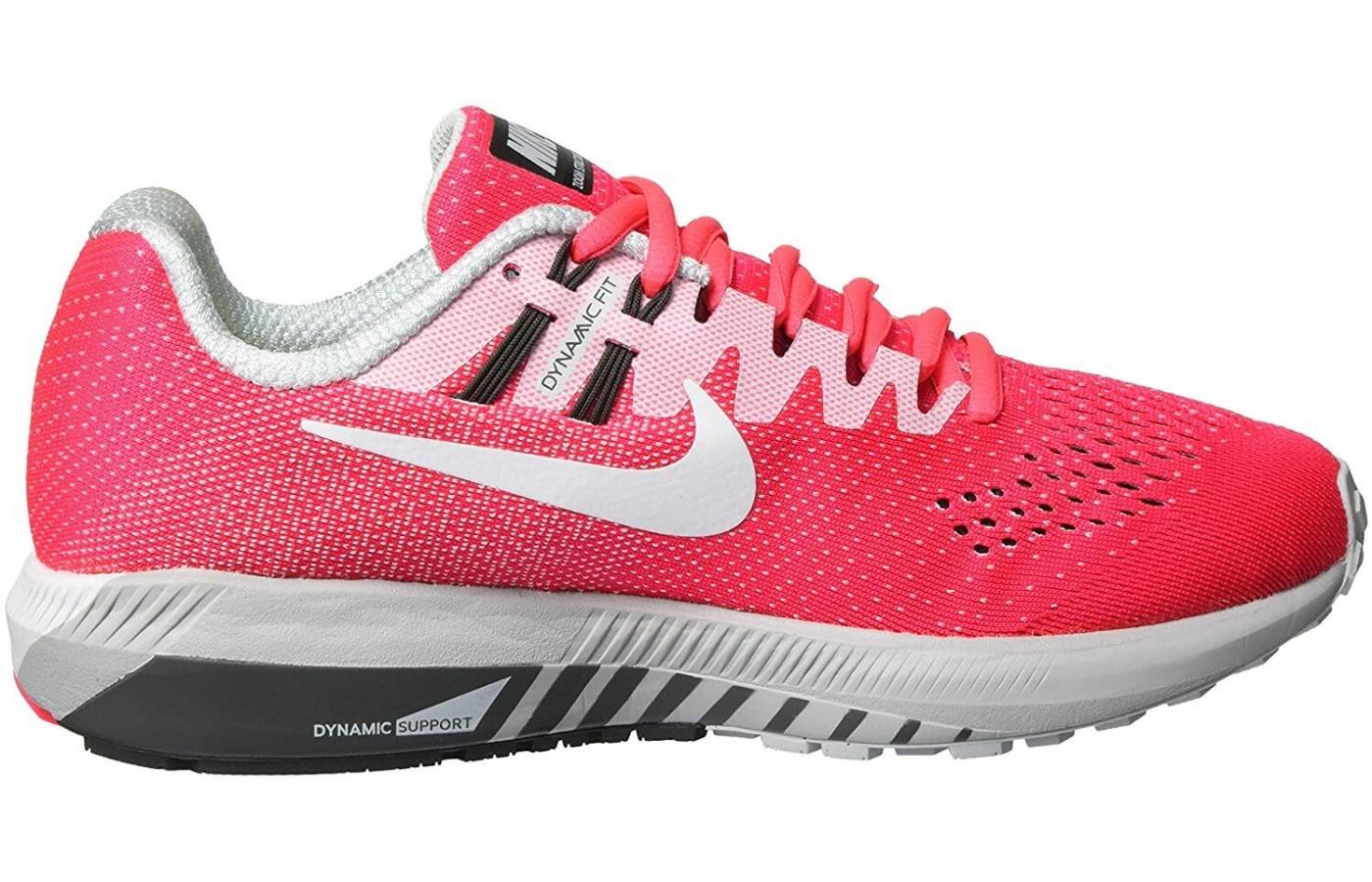








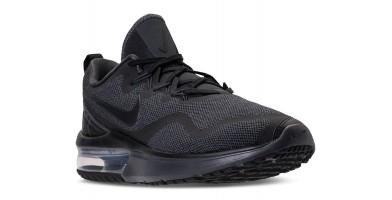
 13.1k
13.1k